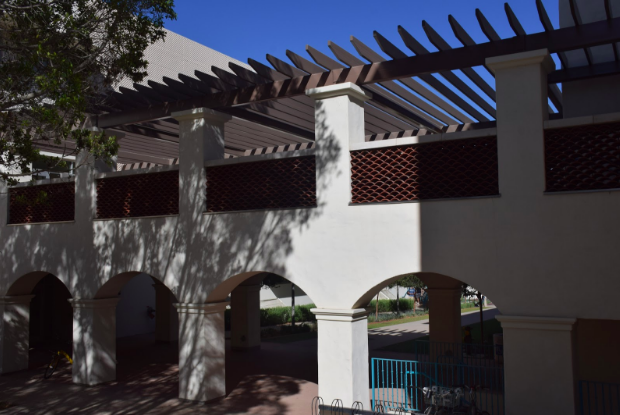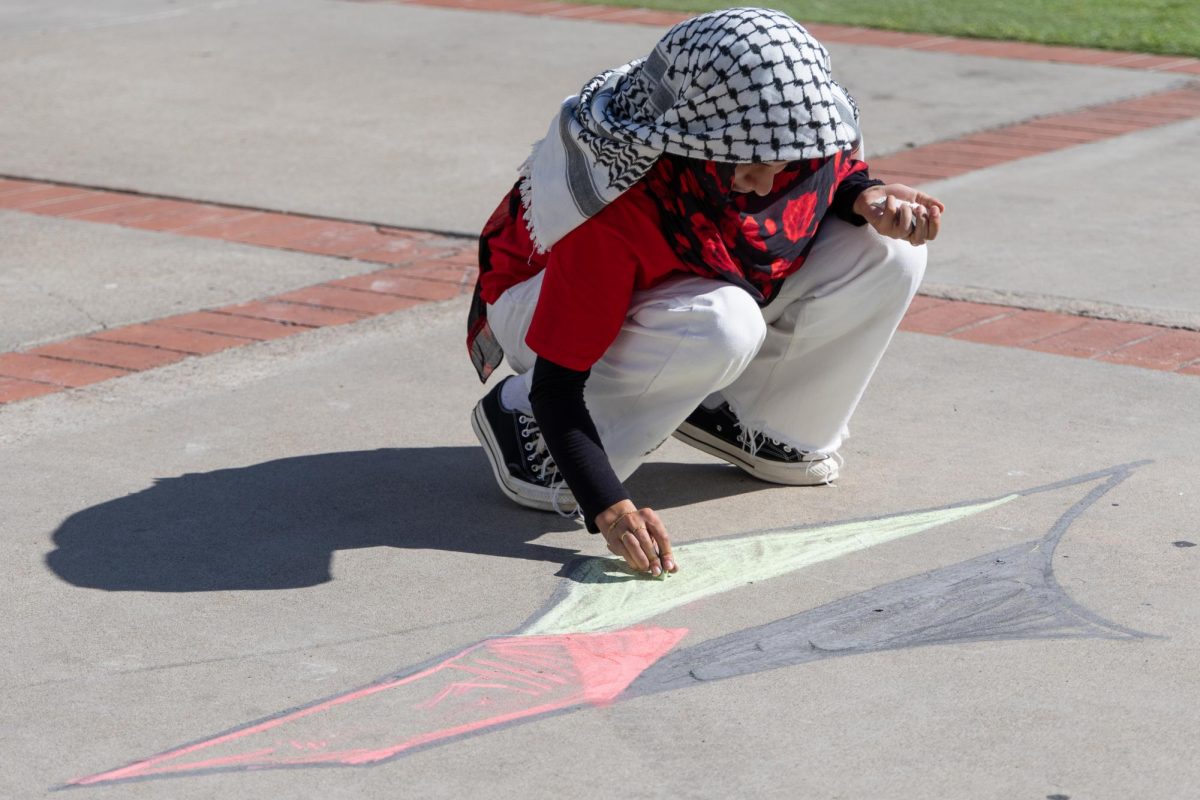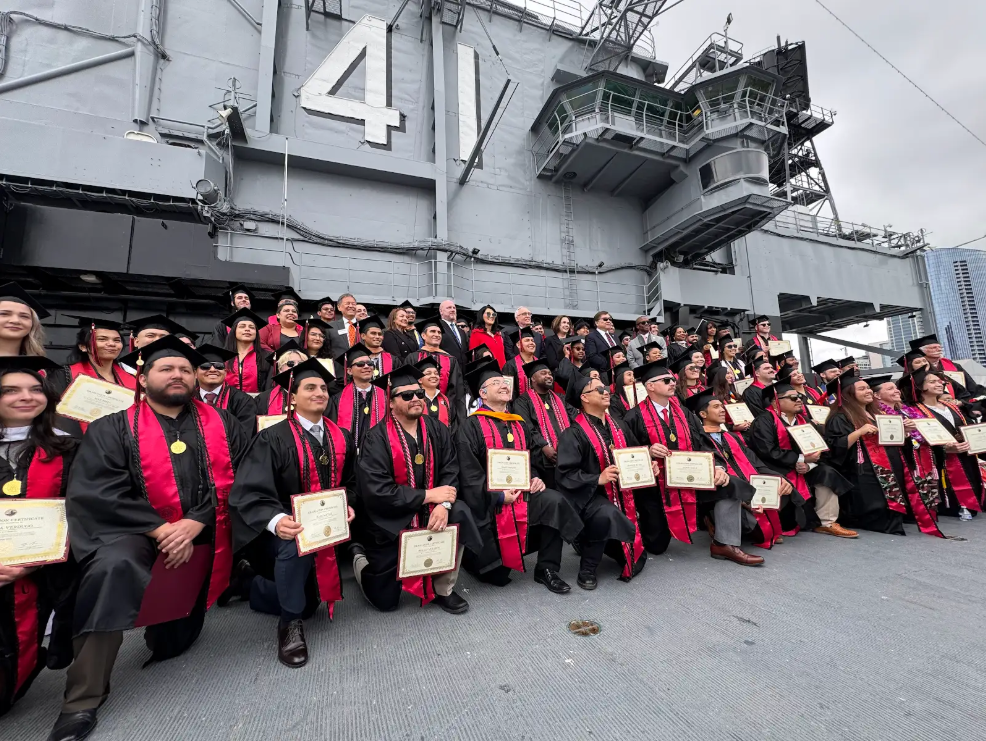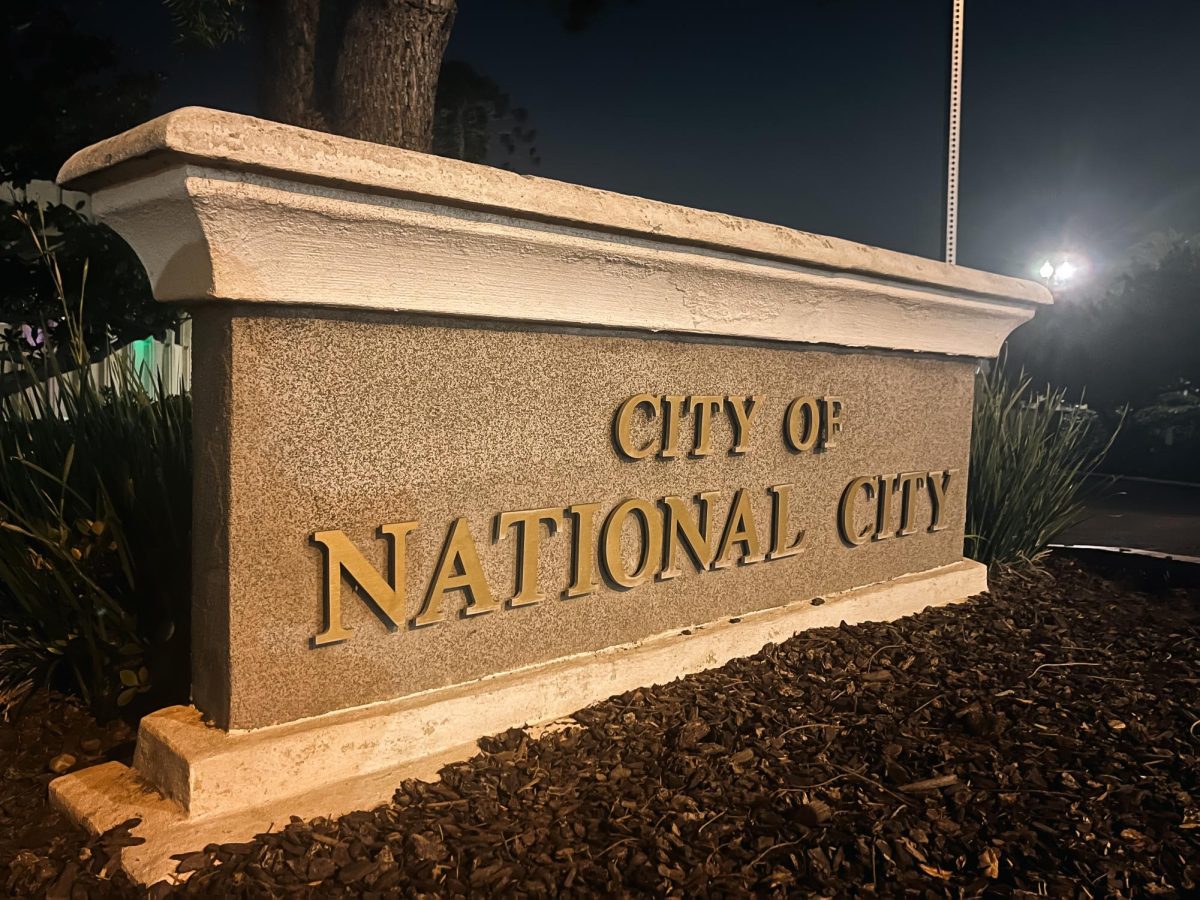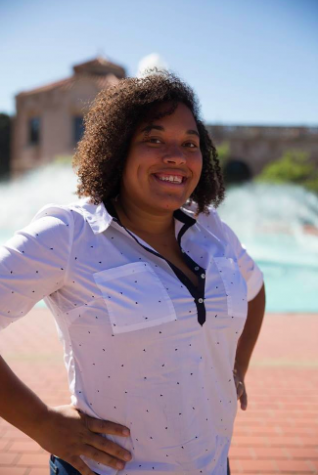San Diego State’s Engineering and Interdisciplinary Sciences Complex — one of the newest buildings at the university — was certified on Sept. 10 as a LEED Gold building with 69 points, exceeding the university’s overarching goals for new structures to be LEED Silver.
“LEED Gold was an aspiration, not necessarily a contractual requirement, so we’re all quite delighted that we were able to achieve it,” Bob Schulz, associate vice president of operations and university architect said.
The LEED, or Leadership in Energy and Environmental Design certification, is a program that evaluates and certifies buildings throughout the country as being “green” or sustainable structures through a variety of metrics. Buildings can earn points toward certification through both design and construction credits, said Melanie Bontusa, a senior project manager with Brightworks Sustainability consultants who worked on the EIS certification process.
“LEED represents this higher level of sustainability in buildings and the certification basically requires buildings to meet some mandatory prerequisites,” Bontusa said. “(Building designers) pick and choose from a suite of credits in a bunch of different impact areas. Depending on the level of certification they want depends on how many points the project has to earn.”
Features that earned the EIS Complex it’s LEED Gold certification include daylight sensors for lighting, water-efficient plumbing fixtures, building materials with low off-gassing emissions, low water-using plants and energy-efficient components.
“We have exhaust fans on the roof for chemicals and we are actually able to change the speed of the exhaust (fans) based on wind conditions,” said Tom Abram, assistant director of sustainability. “Based on wind conditions, we can either turn up or turn down the velocity of the air, and that saves us a lot of energy.”
During the demolition of the Engineering Lab and Industrial Technology buildings — the two structures that once stood where the EIS complex was built — Abrams said most of the materials from the old buildings were recycled.
Through the program, buildings can be certified through two different tracks: one for new structures and a second for pre-existing buildings that operate in a sustainable manner. Some of the Associated Students structures are currently LEED certified as existing buildings, with the goal of all existing A.S. buildings earning certifications by 2020, Abram said.
“The great thing about green buildings is that they’re high-performance, they’re pleasant buildings to be in, they often have ample daylight, good air quality, and also, they have a lower impact on the environment,” Abram said.
In addition to the design and construction elements, the team at SDSU also created an educational program that the campus community can use to learn more about sustainable building operations, said James Cleaton, director of construction.
“As part of the LEED certification, the building includes an educational program integrated into the building’s Building Management System,” Cleaton said in an email response. “(This) allows students to learn about the various energy and comfort related systems and to track how they are operating over time. The educational program also educates students about the overall LEED certification effort for the building.”
Existing construction projects on campus, such as new student residence halls and the upcoming Aztec Recreation Center expansion, are being built or designed to adhere to LEED guidelines, Abram said. He also said if the proposed SDSU West campus is approved by voters during the election on Nov. 6, structures at the site would also be built to LEED standards.
“I think there is a tremendous benefit to having these (sustainable) buildings on campus for students, faculty and staff,” Abram said. “The most important reason is probably because green buildings are more pleasant to be in, they improve productivity and they also have been shown to improve test scores for students.”



